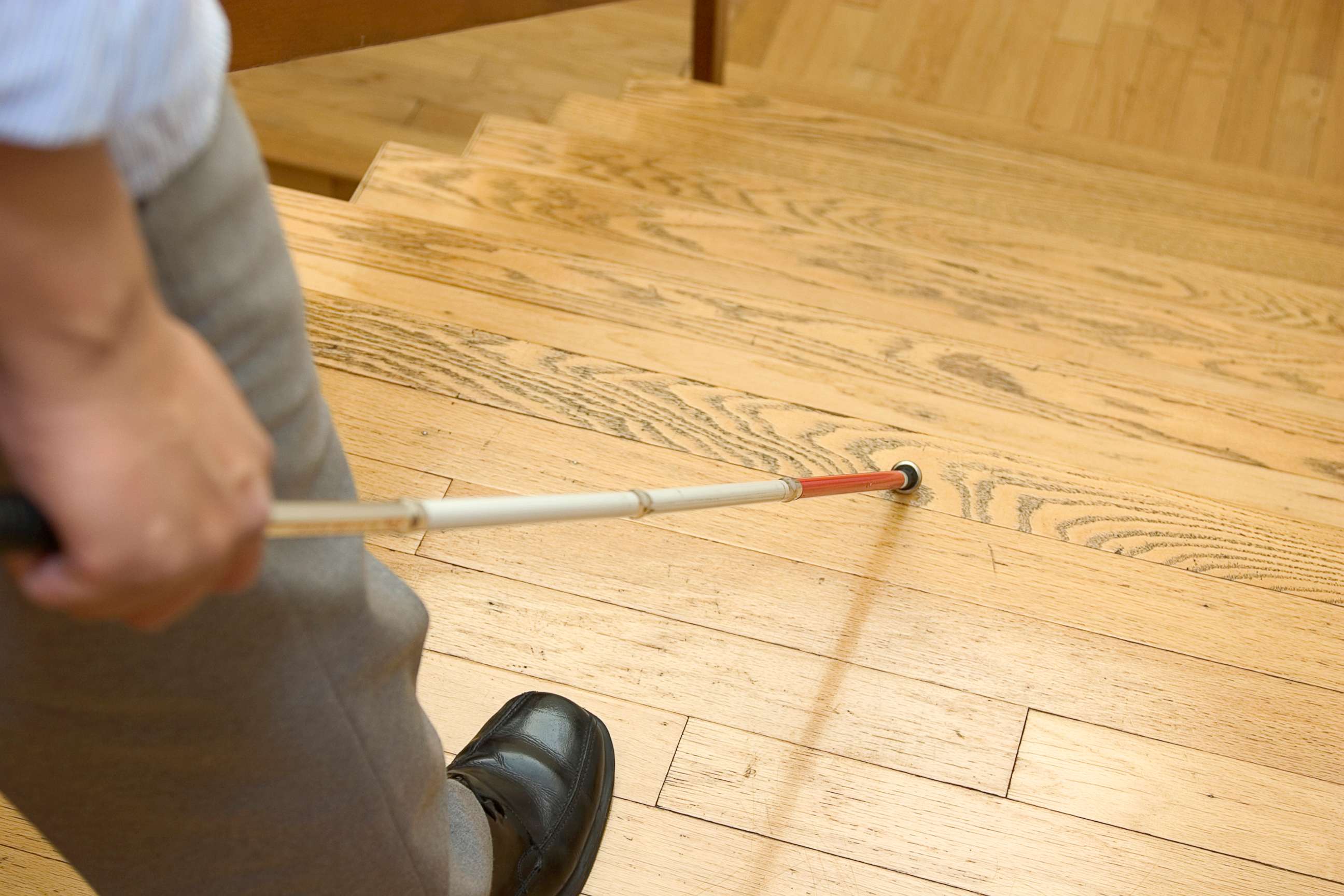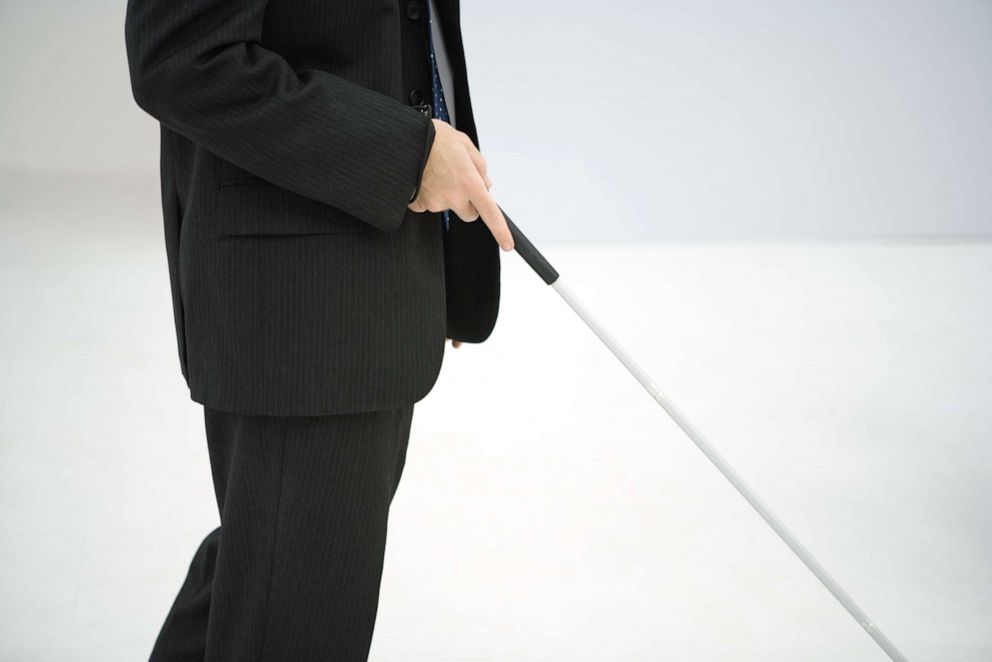Coronavirus restrictions put extra burden on the blind community: Experts
Limited transportation access and accessibility options are major hurdles.
The novel coronavirus outbreak has forced millions of people around the world to limit what and who they touch and stay in place for the time being -- all methods to try to tamp down on the spread of the virus in the absence of a vaccine or treatment.
But for the blind community, in particular, these restrictions create additional obstacles that may contribute to their already vulnerable state, experts said.
Working and studying from home, shopping and even a recreational walk outside isn’t always easy for blind persons because companies and leaders haven’t put immediate thought into accessibility for disabled people, said Chris Danielsen, a spokesman for the National Federation of the Blind, a non-profit advocacy group.
"We are seeing a concern that blind people will be left behind in the general anxiety that everyone else faces," Danielsen, who is blind, told ABC News. "We have the same anxieties everyone else has about the coronavirus, but they can be amplified in times like this."
What to know about Coronavirus:
- How it started and how to protect yourself: Coronavirus explained
- What to do if you have symptoms: Coronavirus symptoms
- Tracking the spread in the US and Worldwide: Coronavirus map
Nearly 7.6 million Americans over 16 years old have a visual impairment, according to the NFB, which used census data from 2016. The majority of them, about 4 million, are under 65, according to the data.

Experts said the biggest challenge for the blind community is transportation. Many cities have cut back on their bus and train lines. Taxis and rideshare options, like Lyft and Uber, are limiting pickups, according to Danielsen.
Stacy Cervenka, who is blind and the director of public policy for the American Foundation for the Blind, a non-profit that pushes for greater accessibility, said this is most problematic for blind persons who live by themselves.
"Without Uber or Lyft, we’re in a bind, especially in suburban and rural communities where everything is far away," she told ABC News.
Cervenka said the lack of transportation would hinder any blind person who seeks to get tested for the coronavirus, as many states have opted for drive-thru testing.
Cervenka added that while it is easier for companies and schools to switch over to video learning and working, and there are apps like Zoom that have good accessibility options for visually impaired users, not every remote working option is feasible.
Some schools may not have the ability to provide homework sheets and other reading materials for their blind students, she said. Cervenka added that classes tailored for the blind community, such as learning to walk with a cane and independent living training, have been suspended in schools across the nation.
"This is not something that students can learn remotely," she said.

The health recommendations to practice social distancing and touching haven’t had too much of an effect on the community so far, according to Cervenka. Canes, guide dogs and other vision aids are already effective with keeping space between people and avoiding any obstacles.
When it comes to touching, Cervenka said latex surgical gloves protect surfaces that need touching, such as braille signs on doors and elevators, without sacrificing tactility.
"There are ways that one can take precaution," she said.

Danielsen said shopping in a store is more complicated for blind customers. Normally, store workers would be available to assist finding and taking an item off a shelf, but those employees may be too overwhelmed with the extra crowds to help.
"There may be a struggle to get any assistance there," he said.
Clark Rachfal, director of advocacy and governmental affairs for the American Council for the Blind, said one of the biggest risks for the blind community during the outbreak is COVID-19 itself. The biggest causes of blindness are complications from ailments such as diabetes and cancer, and those people are at high risk for contracting the disease, according to Rachfal, who is visually impaired.
"Blindness also affects more elderly people as well, and they too are more susceptible," he told ABC News.
Rachfal said he is concerned that some medical offices and health care systems aren’t equipped well to handle blind patients who may have flu-like symptoms. Some offices may not have patient portals with accessibility options, he said.
Rachfal added that the outbreak would have detrimental mental health consequences for blind persons who are elderly and live alone. Some of them don’t have access to new technologies, like delivery apps, and have limited in-person contact with their friends and family, according to Rachfal.
He said the best thing that people can do to help those vulnerable blind persons is to reach out and ask if they need any assistance.
"People can help with a phone call or even help deliver goods to their homes," he said. "You can leave it at their doorstep. You don’t need to be in close contact with them."




